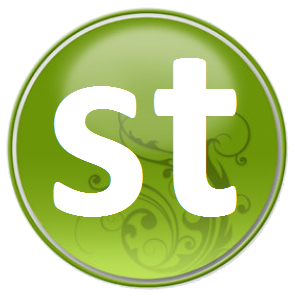A timesheet so easy your cat can use it!
LET'S CONNECT!
Standard Time ► https://www.strdtime.com
X ► https://twitter.com/BarcodeTimeTracking
Facebook ► https://www.facebook.com/barcode.time...
Linkedin ► https://www.linkedin.com/company/scou...
Pinterest ► https://www.pinterest.com/scoutwestinc
YouTube Subscribe ► https://www.youtube.com/subscripti

